Grape Variety
Humagne-Blanche
"oo-MAHN-yuh BLAHN-sh"
Wine Styles
 Sparkling
Sparkling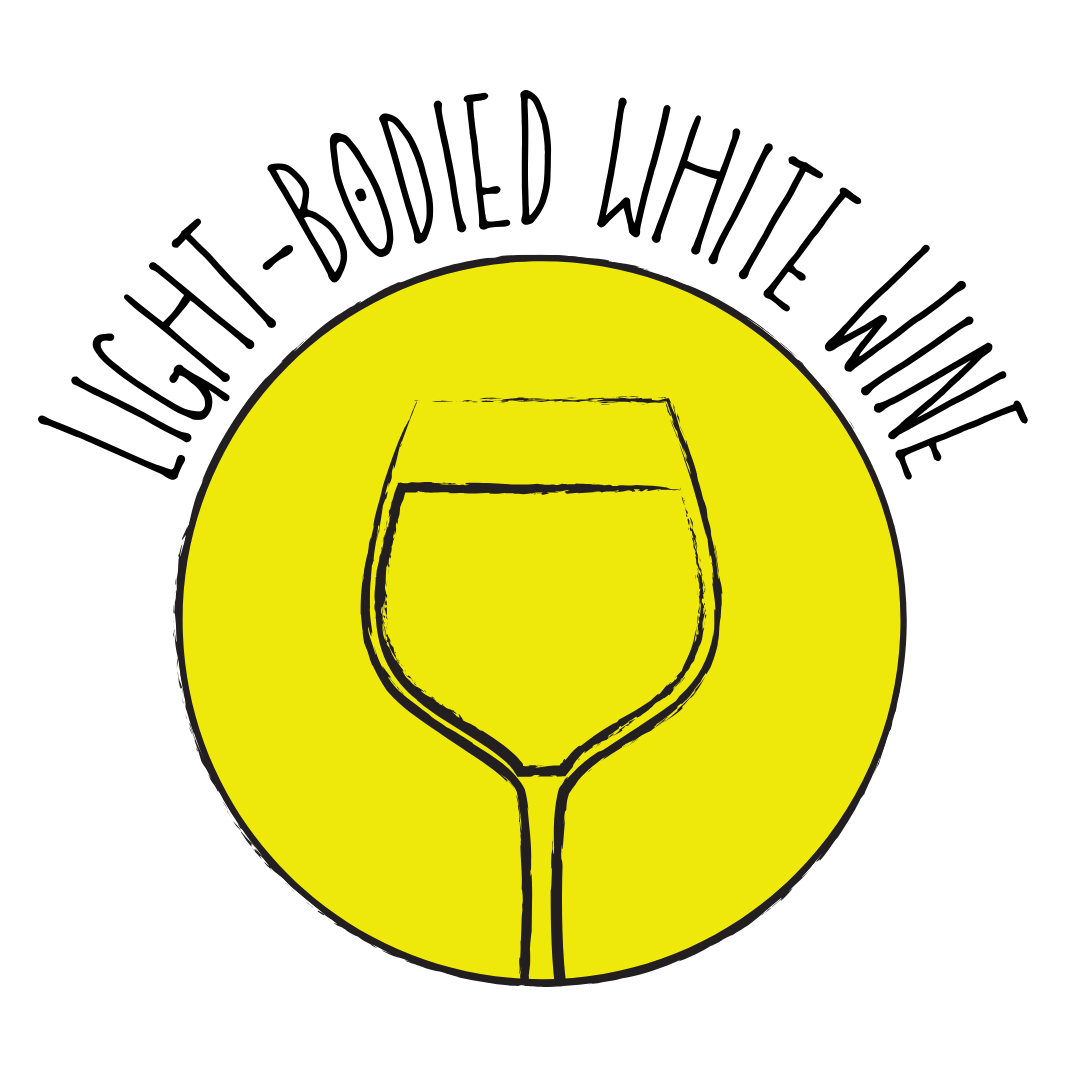 Light White
Light White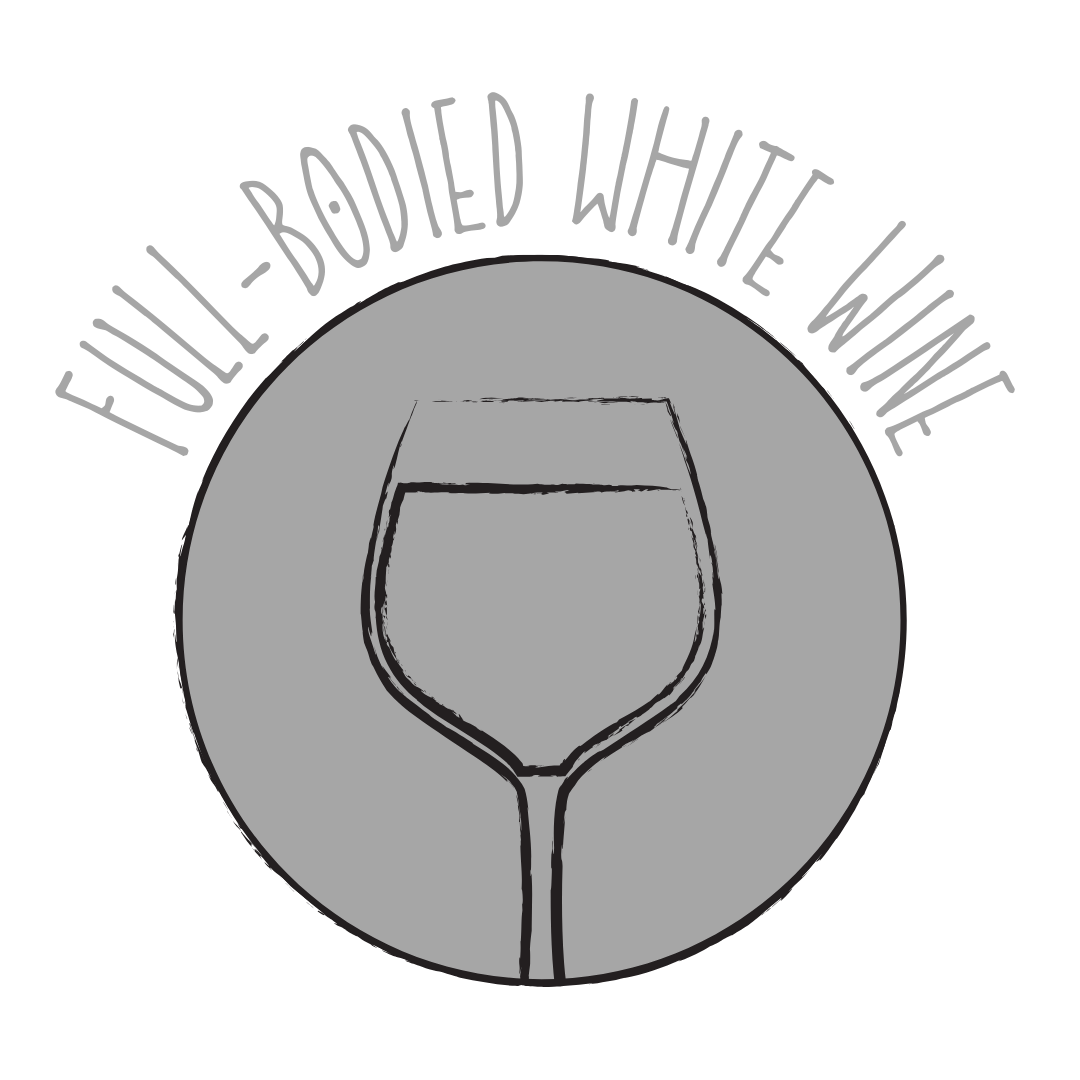 Full White
Full White Aromatic
Aromatic Rosé
Rosé Light Red
Light Red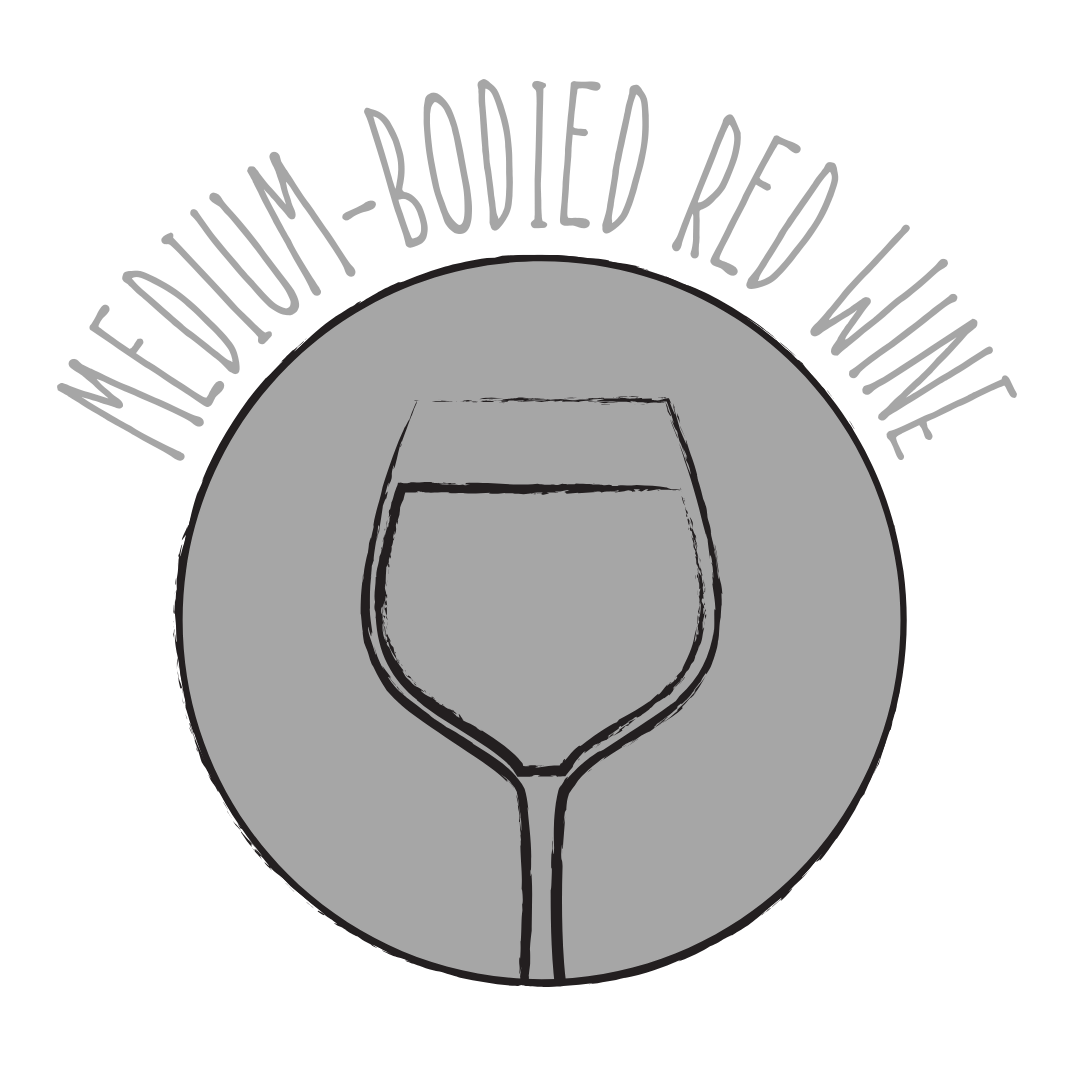 Medium Red
Medium Red Full Red
Full Red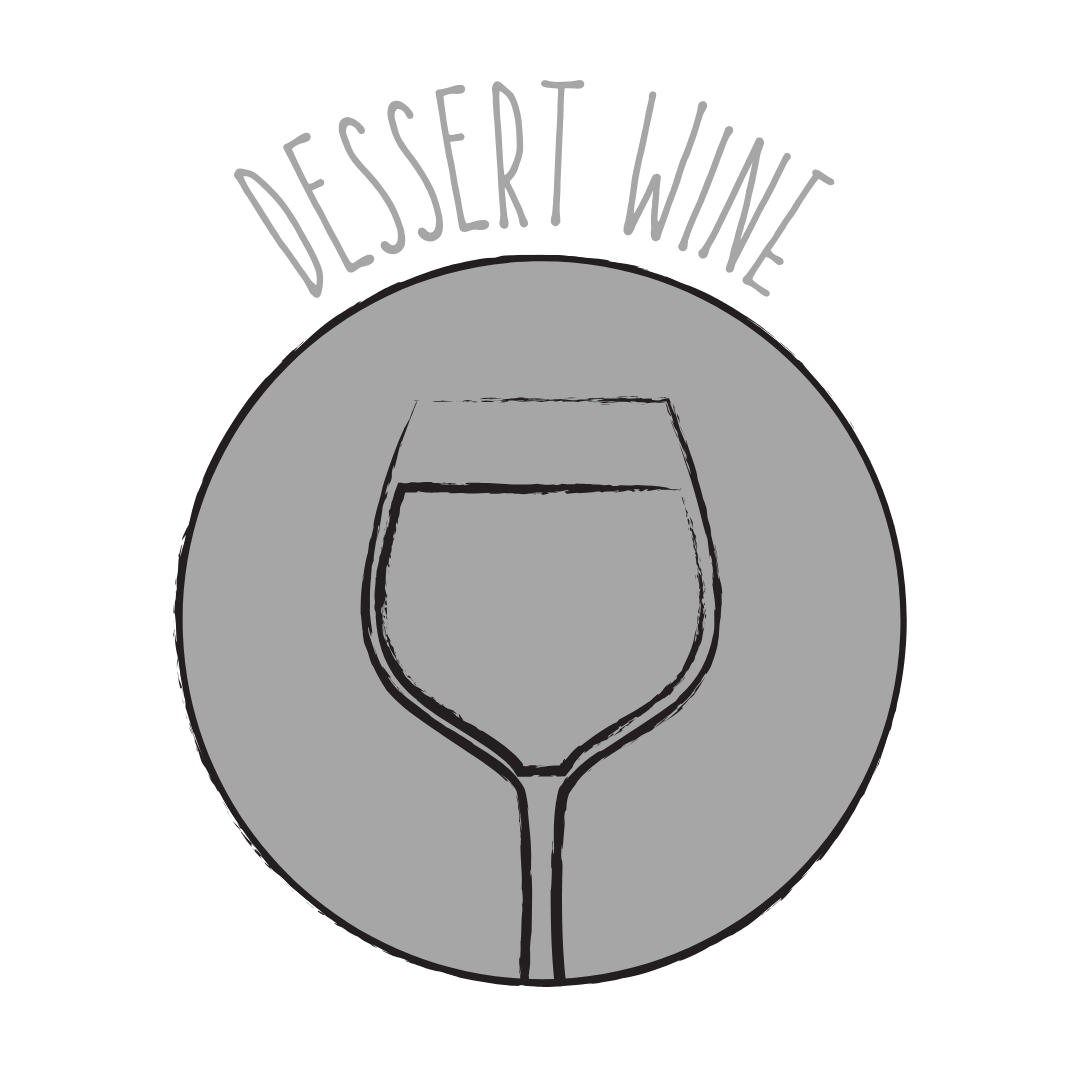 Dessert
DessertAbout Humagne-Blanche
Origin
Valais, Switzerland
History
Humagne Blanche is one of the oldest grape varieties in the Valais region of Switzerland, with historical mentions dating back to the 14th century. Despite its name similarity, it is not related to Humagne Rouge. Traditionally, it was believed to have high iron content and was given to women after childbirth, earning it the nickname 'wine of childbirth.' However, modern analyses have debunked this myth. The grape nearly faced extinction in the 20th century due to its low productivity and susceptibility to diseases but has seen a revival in recent years, celebrated for its unique qualities and contribution to the region's wine heritage.
Appearance
Small to medium-sized, greenish-yellow berries forming compact clusters.
Growing Traits
Humagne Blanche is a delicate and late-ripening grape variety that requires careful cultivation. It is susceptible to diseases and pests, necessitating meticulous vineyard management. The grape thrives in well-exposed, sloped vineyards in the Valais region, where it can achieve optimal ripeness. Due to its low yields and cultivation challenges, it remains a rare variety, cherished for its distinctive character.
Wine Characteristics
Body
3/5
Sweetness
1/5
Tannin
0/5
Acidity
4/5
Alcohol
2/5
Medium-bodied with a delicate and elegant profile, offering a harmonious balance between subtle fruit flavors and refreshing acidity. Typically dry, emphasizing its crispness and minerality, though some off-dry versions may exist. Negligible tannins, as it is a white wine variety, resulting in a smooth and clean finish. Moderate to high acidity, contributing to its freshness and enhancing its aging potential. Moderate alcohol content, generally ranging between 11% and 13%, providing a balanced and approachable character.
Taste Profile
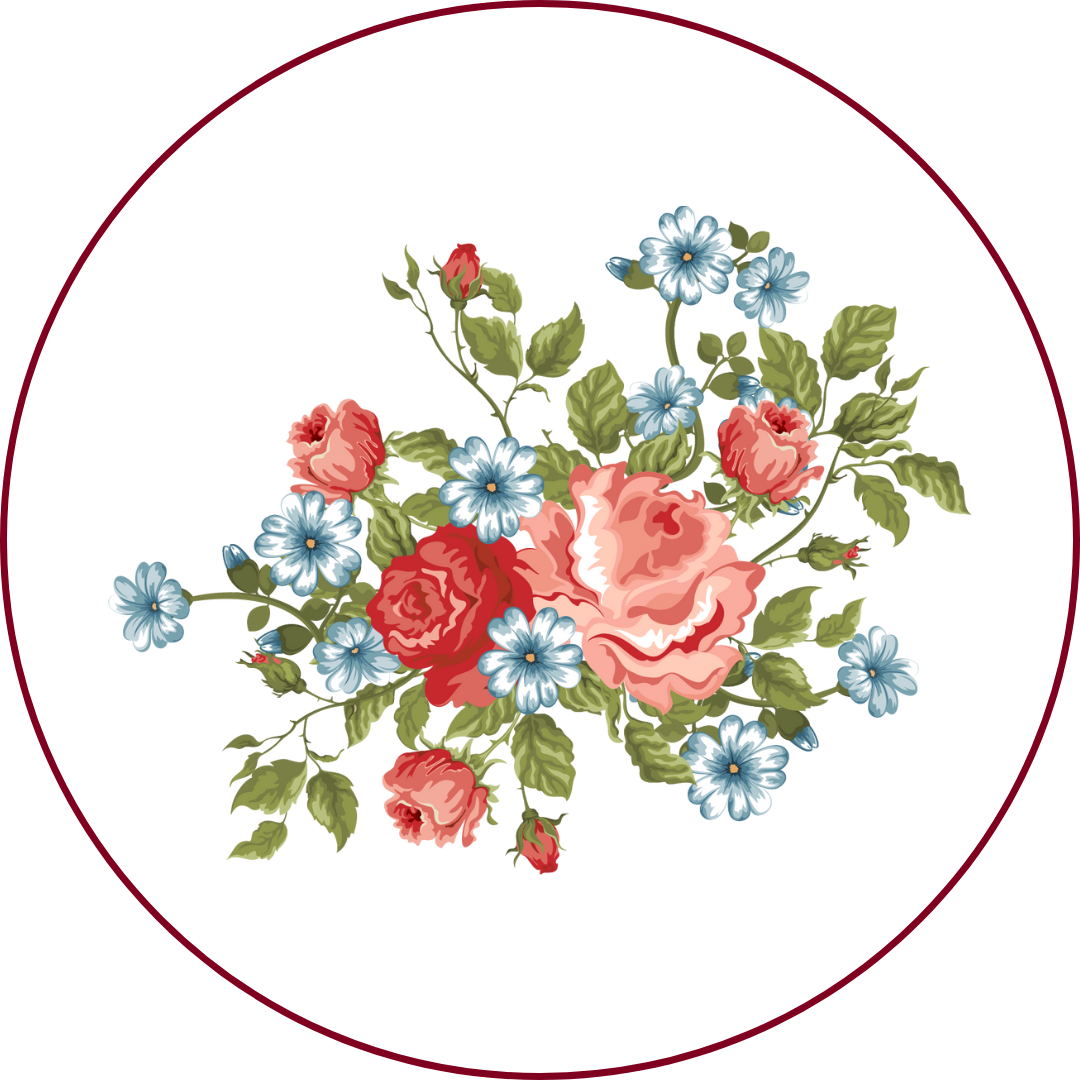
Floral
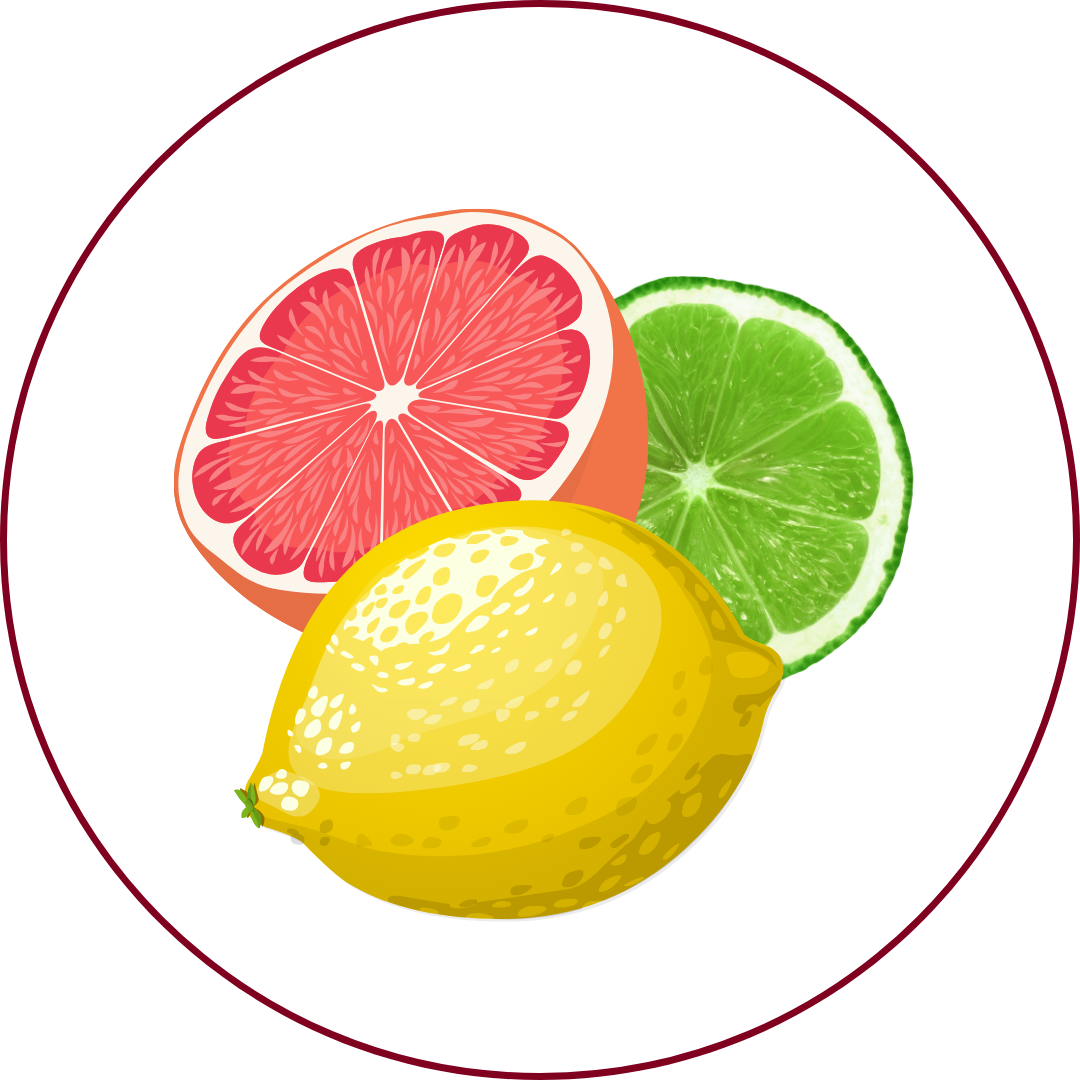
Citrus
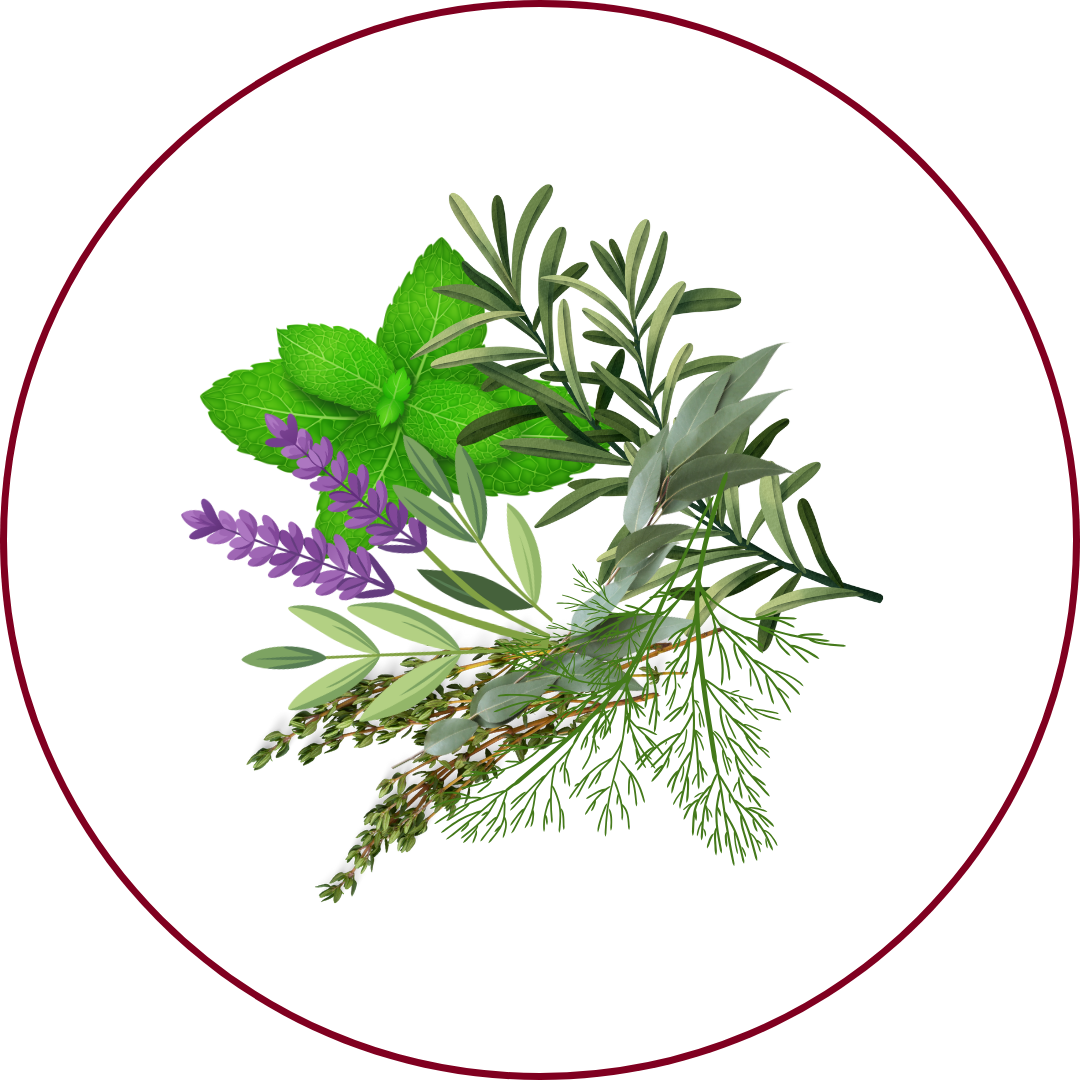
Herbal
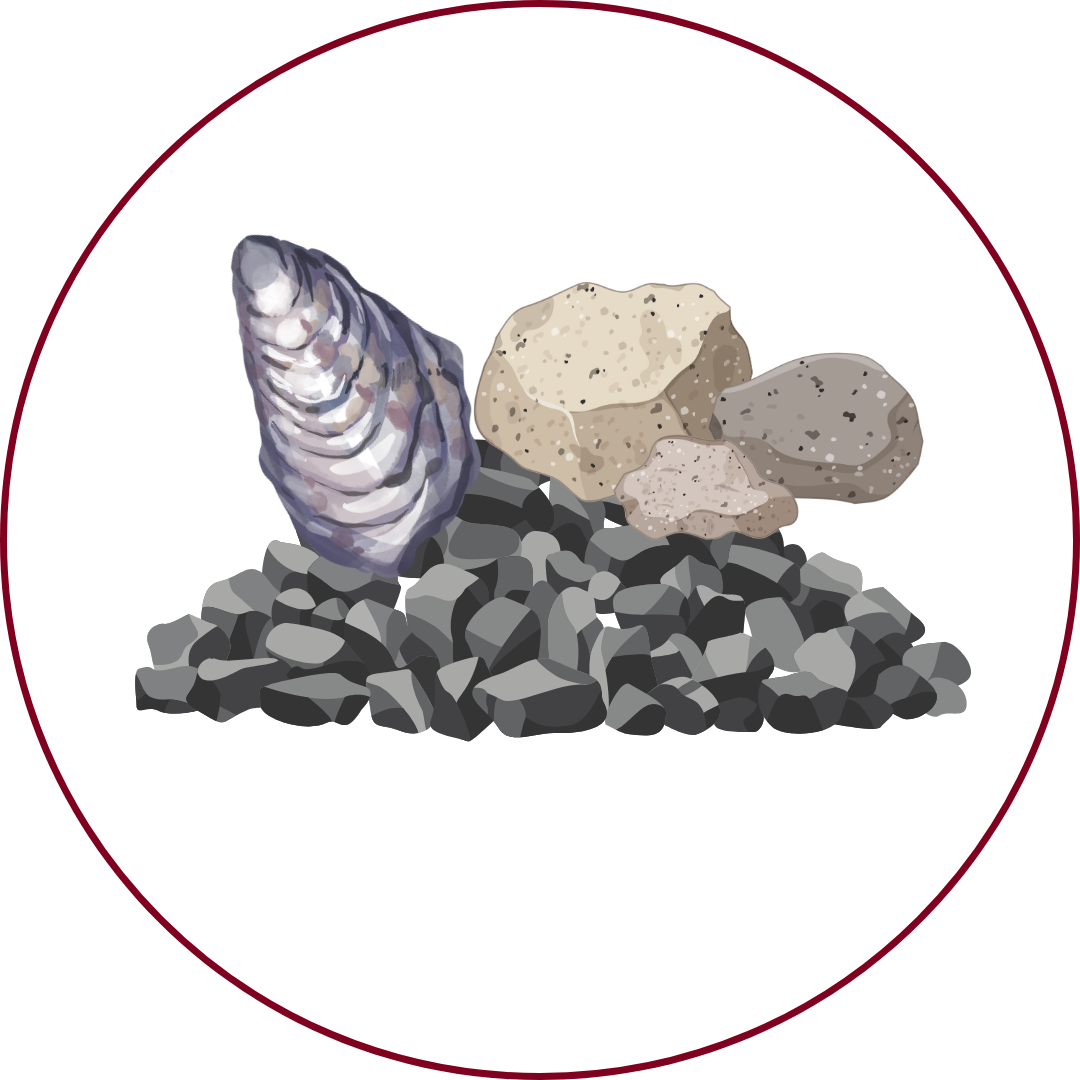
Mineral

Honey
Humagne Blanche wines are characterized by delicate floral aromas, notably linden blossom, accompanied by subtle citrus and herbal notes. On the palate, they exhibit a crisp minerality with hints of honey and dried fruits, leading to a clean and refreshing finish. The moderate to high acidity provides structure, while the nuanced flavors offer elegance and complexity, especially as the wine matures over a few years.
Food Pairing
Humagne Blanche's crisp acidity and subtle floral notes make it an excellent companion for a variety of dishes. It pairs well with freshwater fish, such as perch or trout, and complements soft cheeses like goat cheese. Traditional Valaisan dishes, including raclette and fondue, also harmonize beautifully with this wine, enhancing the regional culinary experience.
Growing Regions

Switzerland
Valais

France
Southwest France (as Miousat)
Notable Wines & Producers
Humagne Blanche Valais AOC
Domaine Cornulus
Cave La Tornale
Humagne Blanche 'Cuvée Unique'
Domaine Histoire d’Enfer
Humagne-Blanche FAQ
Common questions about this grape variety
What is the origin of Humagne-Blanche?
+
Valais, Switzerland
Is Humagne-Blanche wine full bodied?
+
Humagne-Blanche has a body level of 3 out of 5. Which means that Humagne-Blanche is Moderate bodied.
Is Humagne-Blanche wine dry or sweet?
+
Humagne-Blanche has a dryness level of 1 out of 5. Which means that Humagne-Blanche is Dry.
Where is Humagne-Blanche wine from?
+
Valais, Switzerland
Where is Humagne-Blanche grown?
+
Humagne-Blanche is grown in Switzerland (Valais)France (Southwest France (as Miousat)).
What is Humagne-Blanche like?
+
Humagne Blanche wines are characterized by delicate floral aromas, notably linden blossom, accompanied by subtle citrus and herbal notes. On the palate, they exhibit a crisp minerality with hints of honey and dried fruits, leading to a clean and refreshing finish. The moderate to high acidity provides structure, while the nuanced flavors offer elegance and complexity, especially as the wine matures over a few years.
What does Humagne-Blanche pair with?
+
Humagne Blanche's crisp acidity and subtle floral notes make it an excellent companion for a variety of dishes. It pairs well with freshwater fish, such as perch or trout, and complements soft cheeses like goat cheese. Traditional Valaisan dishes, including raclette and fondue, also harmonize beautifully with this wine, enhancing the regional culinary experience.
What does Humagne-Blanche taste like?
+
Humagne Blanche wines are characterized by delicate floral aromas, notably linden blossom, accompanied by subtle citrus and herbal notes. On the palate, they exhibit a crisp minerality with hints of honey and dried fruits, leading to a clean and refreshing finish. The moderate to high acidity provides structure, while the nuanced flavors offer elegance and complexity, especially as the wine matures over a few years.
Take Humagne-Blanche Knowledge with You
Access detailed grape profiles, tasting notes, and pairing suggestions on your iPhone.
Download on theApp Store